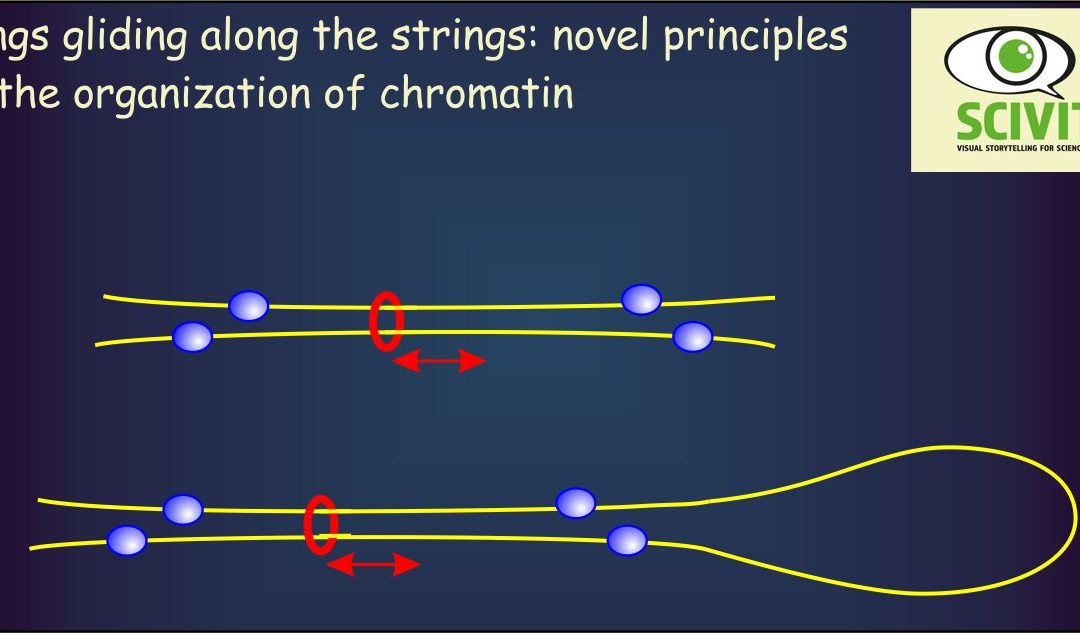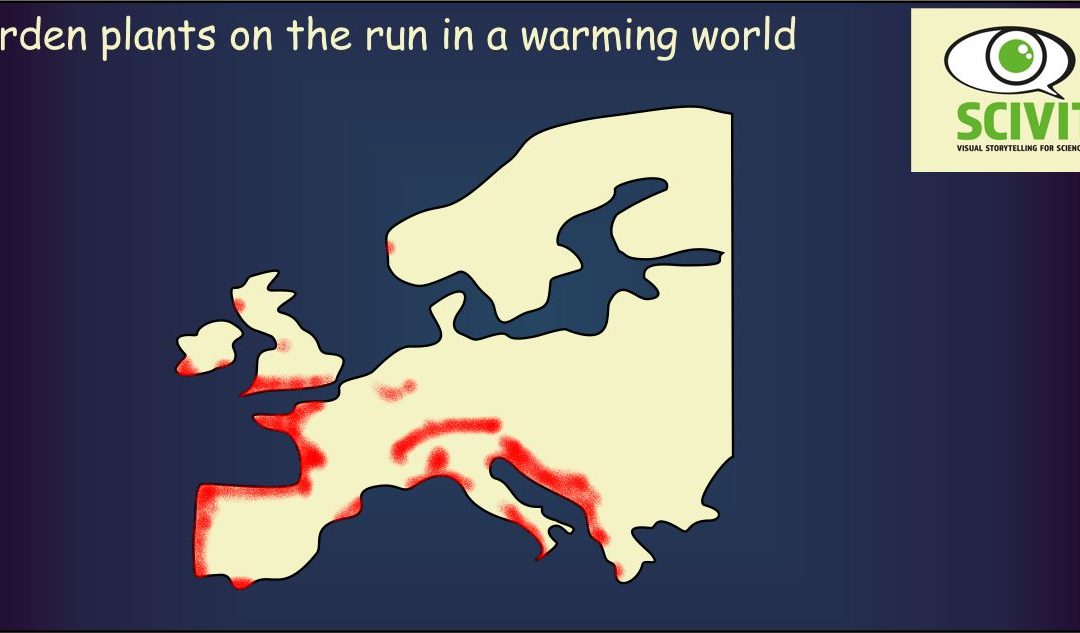
von Thomas Fester | März 2, 2017 | Biochemistry, Molecular Cytology, Molecular Medicine, News
The curves of Vibrio cholerae Vibrio cholerae, the causative agent of cholera has a characteristic curved shape. How is this shape achieved and what is it good for? To answer this question Bartlett and colleagues looked for mutant strains unable to form curved rods....

von Thomas Fester | März 2, 2017 | Biochemistry, Molecular Structures, News
The complexity of storing, distributing and accessing DNA Each single nucleus of our body cells contains 46 DNA-molecules with a total length of about 2 meters. These extremely long molecules not only have to be packaged to fit into the small nuclei. They have to be...

von Thomas Fester | März 2, 2017 | Biochemistry, Molecular Structures, News
Oxyhydrogen is the fuel of our bodies‘ cells If there is one chemical reaction providing the basis for our eukaryotic, multicellular life style, it is the oxyhydrogen reaction. Two very simple reactants, oxygen and hydrogen are reacting to form a similar simple...

von Thomas Fester | Feb. 21, 2017 | Climate Change, News
The last interglaciation was accompanied by considerably higher sea levels than today Global temperatures have increased by one degree in comparison to pre-industrial times and the international community has agreed to limit a further increase to 2 degrees by maximum....

von Thomas Fester | Feb. 21, 2017 | Climate Change, Ecology, News
Biological invasions from non-native garden plants in Europe Non-native garden plants constitute a considerable pool for biological invasions and many current invasive plants have started in gardens. How will the risk of such invasions in Europe be affected by climate...






Neueste Kommentare